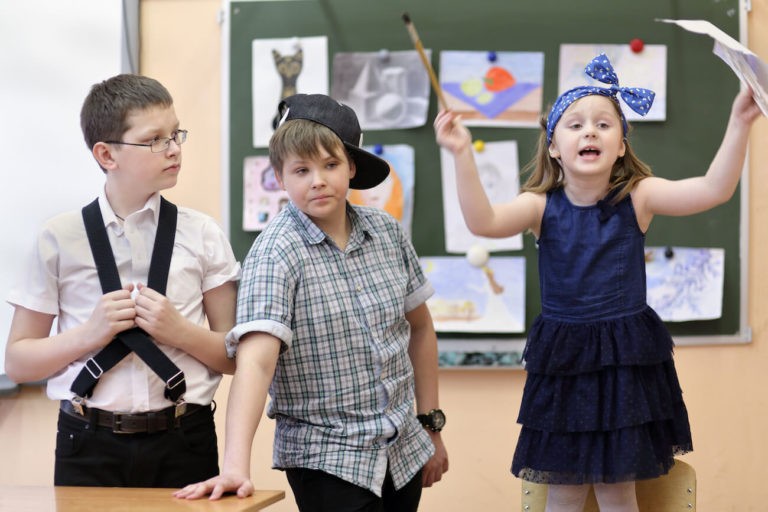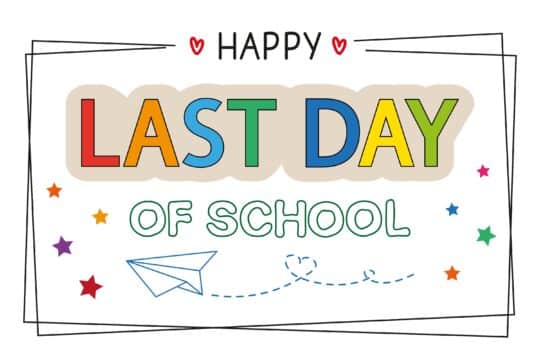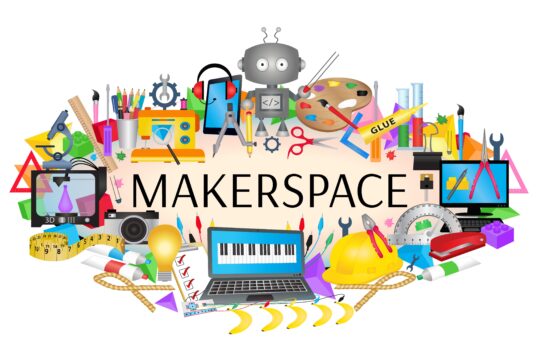One of the many joys of being an elementary school teacher is watching the pride in my students’ faces as they perform a piece of literature that they have been working on in the form of a readers theater. Regardless of the age of the student, there are so many skills and benefits gained from the preparation and performance involved in a readers theater. It also breaks up the monotony of the typical ELA assignments and assessments with something far more exciting and expressive.
What is Readers Theater?
A readers theater is a performance based on a book, poem, or other piece of literature. That piece of literature is turned into a script that students will read in a performance. Students do not memorize the text. They read it from a book or script, but are so familiar with it that they are able to read with great expression and feeling.
Readers theater is so versatile. You don’t have to look for a piece that has enough characters in it for the group you are working with. You can turn narrative parts of the book or story into parts for your narrator or narrators to read. There are, of course, readers theaters that are already prepped and ready for you to use that you can access online or in readers theater books. Many popular trade books have been published in readers theater form that can be purchased. Otherwise, if you have multiple copies of a book or text, then you are ready to go. You can even have two students share and read from the same text if needed.
Benefits of a Readers Theater
Fluency
Readers theaters really help students to develop fluency, but in a way that’s not boring or redundant. It helps them develop reading with expression. Because they know they are rehearsing for a performance, there is greater motivation for the repeated reading.
Confidence for Struggling Readers
Those students that struggle to read will gain confidence from the familiarity of the text. I often have struggling students rehearse with students that are more confident readers. This way, in rehearsal they learn the words and become familiar with the text. By performance time, the struggling reader has had so much practice and success with the text, he/she is ready to perform independently.
Sight Words
For younger students, the repeated practice that comes with performing a readers theater will increase automaticity with sight words.
Comprehension
The increased time spent on the same text can give you the opportunity to work on more in-depth comprehension skills. After each day’s rehearsal, delve into a comprehension skill examining meaning and vocabulary for deeper understanding.
Public Speaking
One of the greatest benefits of readers theater is learning to speak and/or perform in front of an audience. Because students get lots of practice with familiar text and because they have a book or script to rely on, they can perform with confidence, knowing they don’t have to worry about forgetting a line. If you create a culture in your classroom in which readers theater is a regular part of class, the difficulties some students have with speaking in front of peers may improve because of all the opportunity and the shared experience.
How to Put on a Readers Theater in Your Class
Before you actually begin a readers theater, it is ideal to let your students see another grade or class perform one so they will understand what they will be doing. It also provides great motivation! Next, you want to introduce the text to your students by reading it to them or reading it together. Then, students are ready to have their own copy of the book or script. I usually work with students in small groups during centers for rehearsal. We practice for at least a week, maybe more depending on the length and complexity of the text.
When the big day of the performance arrives, I make sure my students have an audience. This can be as simple as having the rest of your class watch each group as they perform. You can even invite other grade levels or classes to watch. If you prepare well in advance and have several readers theaters to perform, why not invite parents or other family members to watch? Make it a very special day.
A couple of tips for your readers theater: if you have several students that are not yet strong readers or struggle with stage fright, then assign multiple students to the same role. That way, with several students reading the same part, the struggling students can hopefully gain confidence and feel more relaxed about performing.
Also, make it fun with costumes. You can go very simple or elaborate. If you have lots of parents who would love to participate, get them involved in coming up with costumes. Or you could do something as simple as creating headbands to match the characters/theming of the piece. One of my fondest memories of high school was a readers theater performance that we did of The Stinky Cheese Man and Other Fairly Stupid Tales by Jon Scieszka. Yes, I was in high school and yes this is a children’s book, but it is a hilarious book and so was the readers theater! This goes to show – readers theaters can be done successfully and are beneficial at any level.




